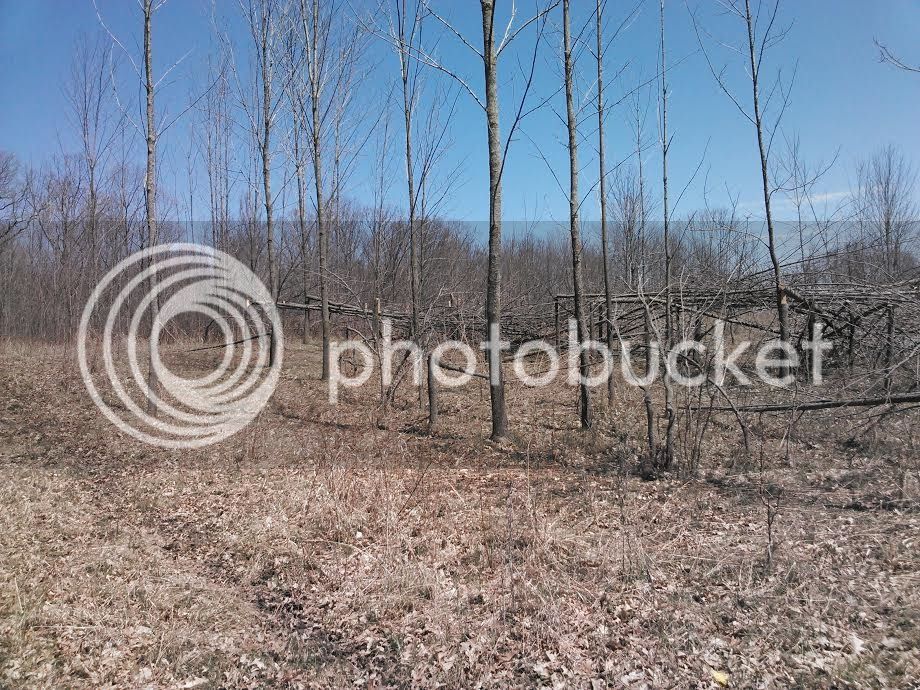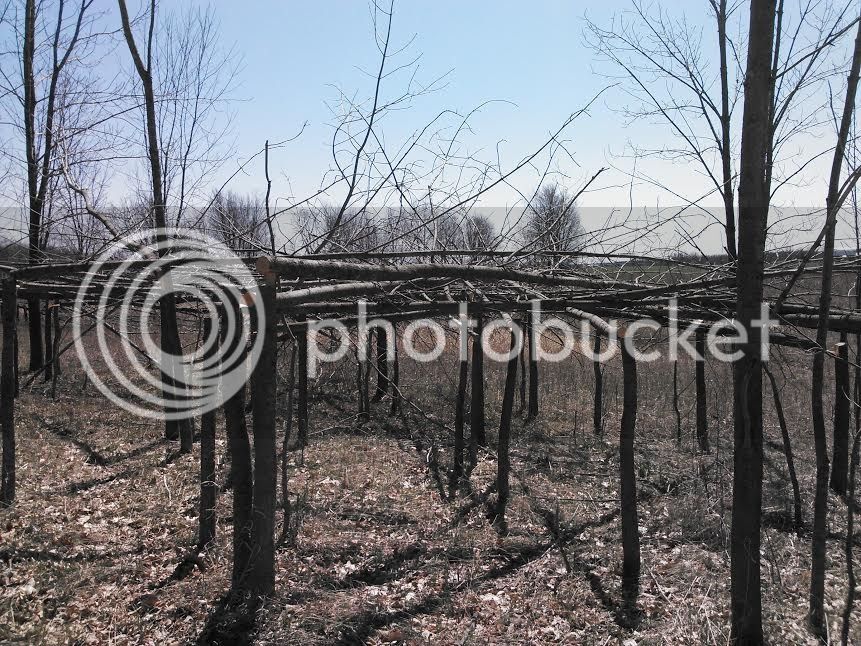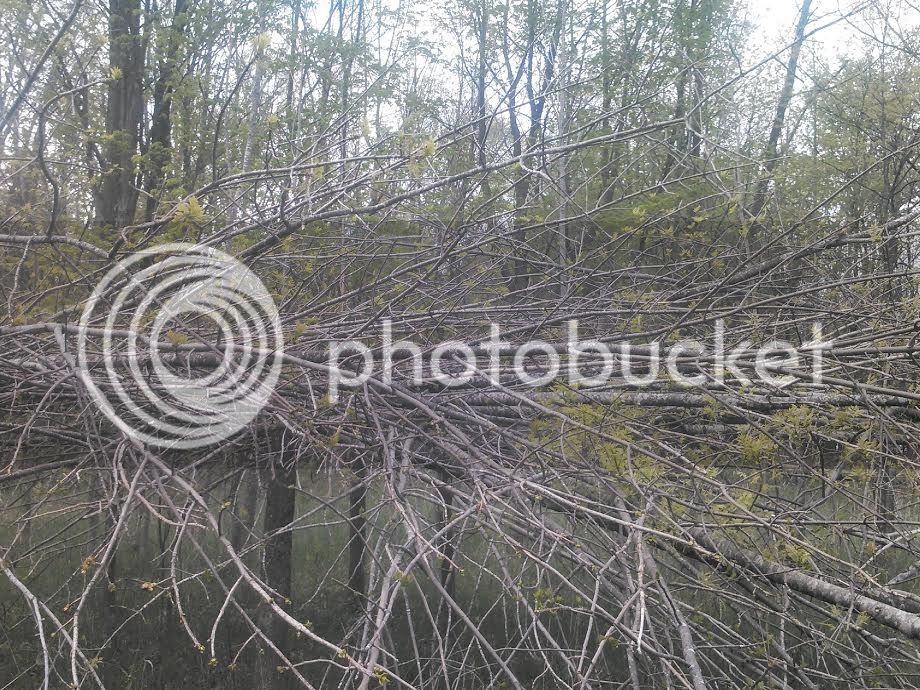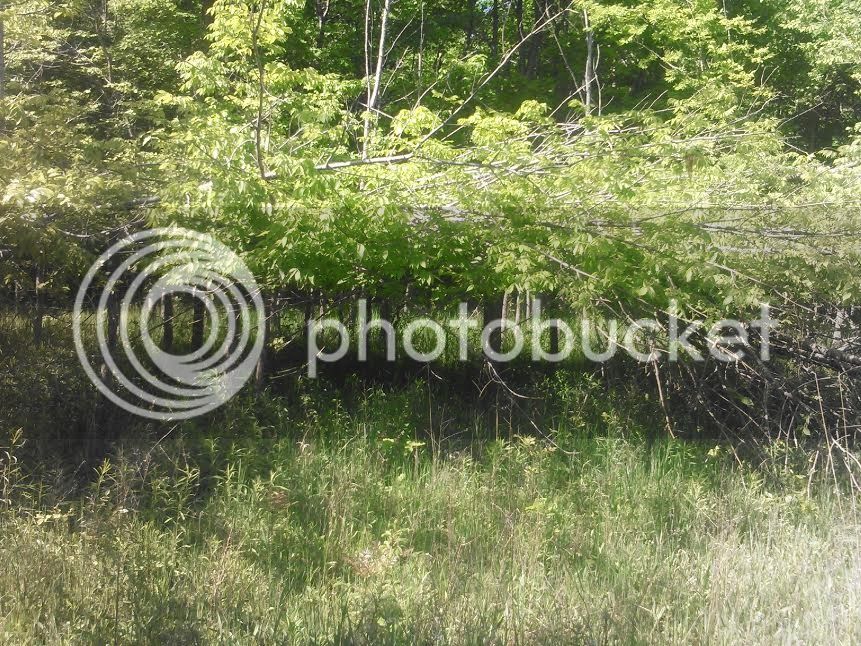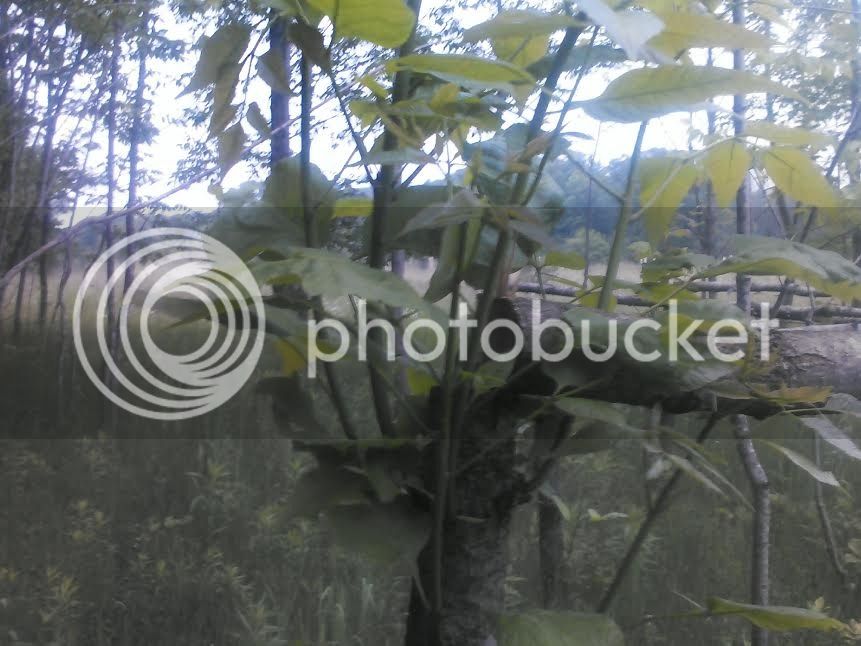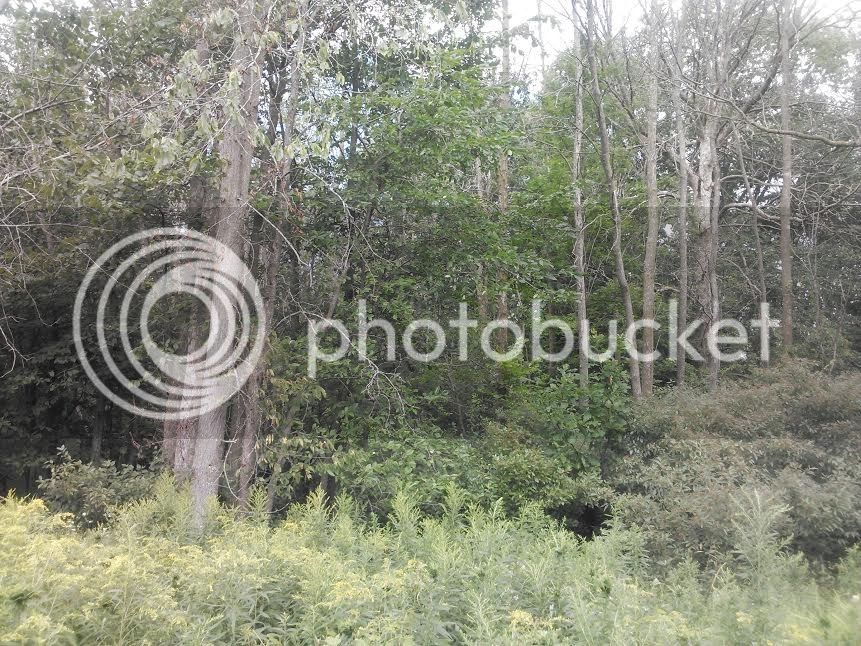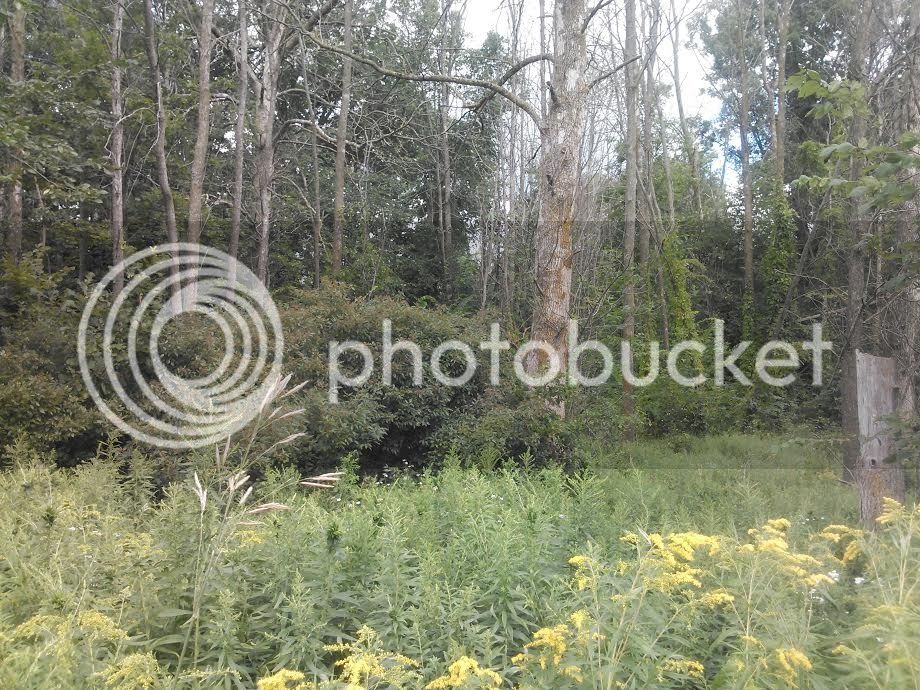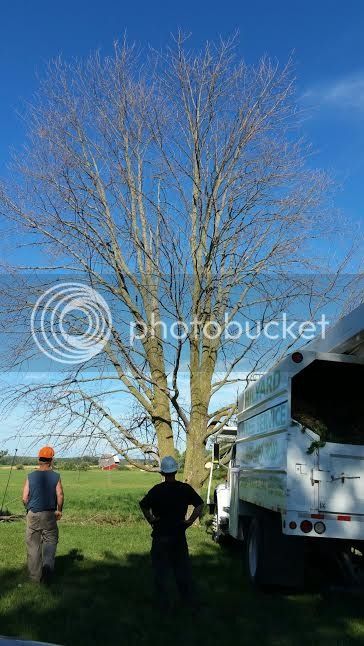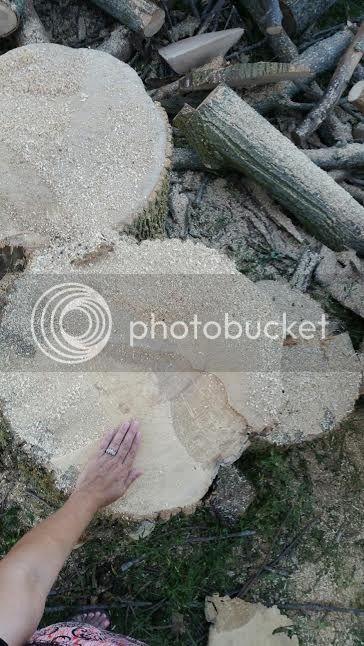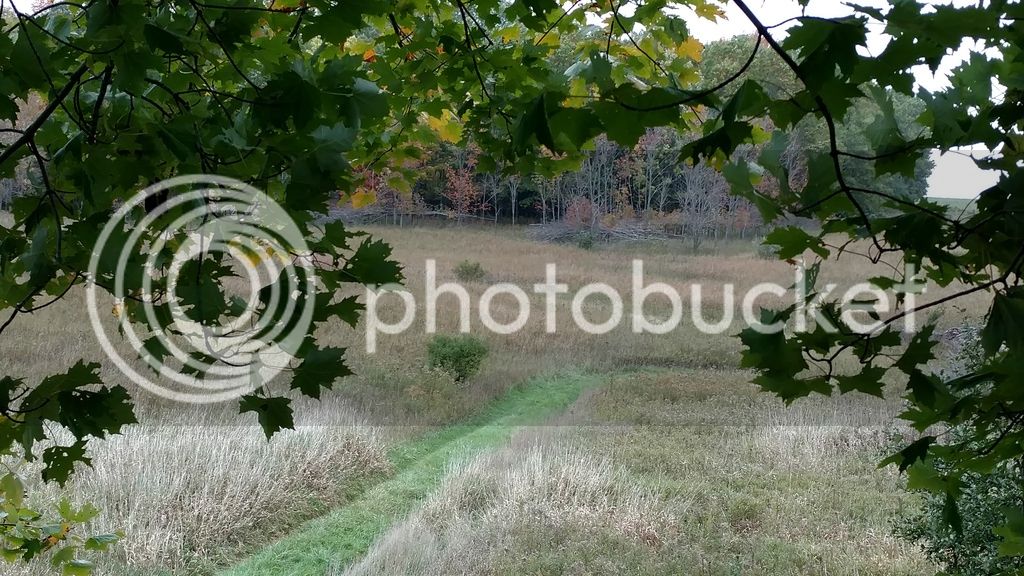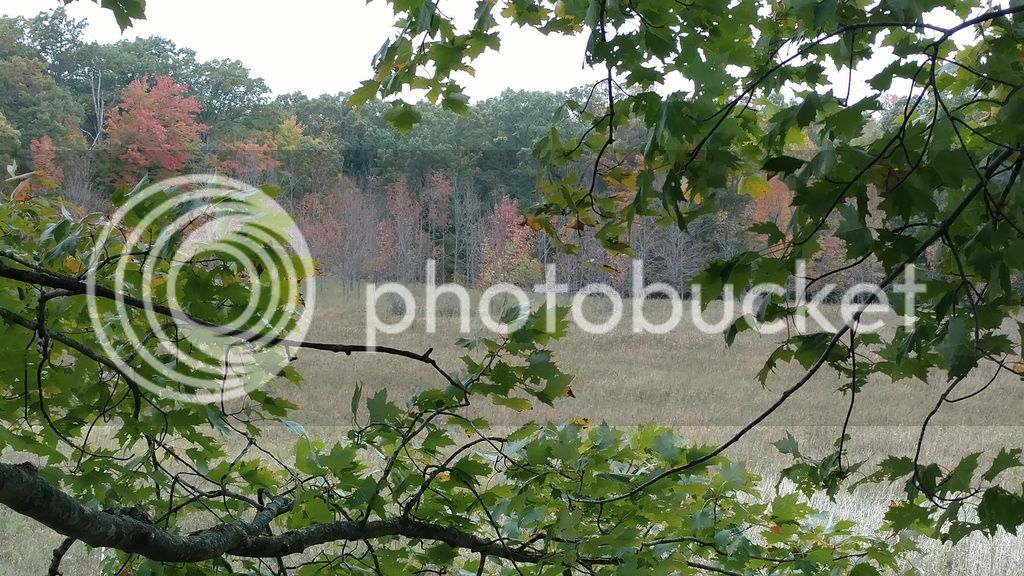Tap
5 year old buck +
I had a thread on that other forum talking about ash trees and their impending doom due to the Emerald Ash Borer. All mature ash are dying around here. It's hard to find one alive. I'm not so sure that is a bad thing from a deer's perspective, though. Mature ash don't seem to be very useful to deer, and, in fact,they create a lot of shade that reduces ground cover and also slows the growth of young oaks and other beneficial species.
But a few years ago, I came up with an idea that if I cut my ash while there was still some life in them, they will stump sprout and allow roots to survive and produce a medium preference browse and a little cover.
This photo is of an ash stump that is sprouting profusely. This ash was very effected by the EAB and was within a couple years of complete death...roots and all. I cut this tree in my niece's yard about 4 years ago.
It's roots are not only alive, but they appear to be healthy enough to produce these sprouts which are being heavily browsed.
I see a few good reasons to cut these doomed ash while it's still alive.
1st is that it's dangerous to fell dead trees. May as well safely drop it and make some firewood.
2nd is that we can preserve the life of the roots and provide browse and cover.
I'm really not sure how I currently feel about the loss of the ash species. I do hate the loss of native species to due to a non-native pest. On the flip side, I'm trying to look at the glass as half full. Reduced shade, and better low cover, more browse, and the releasing of other species that are floundering in the shade of ashes isn't all bad. In the background of the photo, you can see an ash stump from a tree that was cut AFTER it was dead. There are no stump sprouts. The ash that was cut while alive is still benefiting deer and holding soil from eroding.
I say cut 'em now while (or if) they are still alive.

Sent from my SM-G900V using Tapatalk
But a few years ago, I came up with an idea that if I cut my ash while there was still some life in them, they will stump sprout and allow roots to survive and produce a medium preference browse and a little cover.
This photo is of an ash stump that is sprouting profusely. This ash was very effected by the EAB and was within a couple years of complete death...roots and all. I cut this tree in my niece's yard about 4 years ago.
It's roots are not only alive, but they appear to be healthy enough to produce these sprouts which are being heavily browsed.
I see a few good reasons to cut these doomed ash while it's still alive.
1st is that it's dangerous to fell dead trees. May as well safely drop it and make some firewood.
2nd is that we can preserve the life of the roots and provide browse and cover.
I'm really not sure how I currently feel about the loss of the ash species. I do hate the loss of native species to due to a non-native pest. On the flip side, I'm trying to look at the glass as half full. Reduced shade, and better low cover, more browse, and the releasing of other species that are floundering in the shade of ashes isn't all bad. In the background of the photo, you can see an ash stump from a tree that was cut AFTER it was dead. There are no stump sprouts. The ash that was cut while alive is still benefiting deer and holding soil from eroding.
I say cut 'em now while (or if) they are still alive.

Sent from my SM-G900V using Tapatalk
Last edited:
